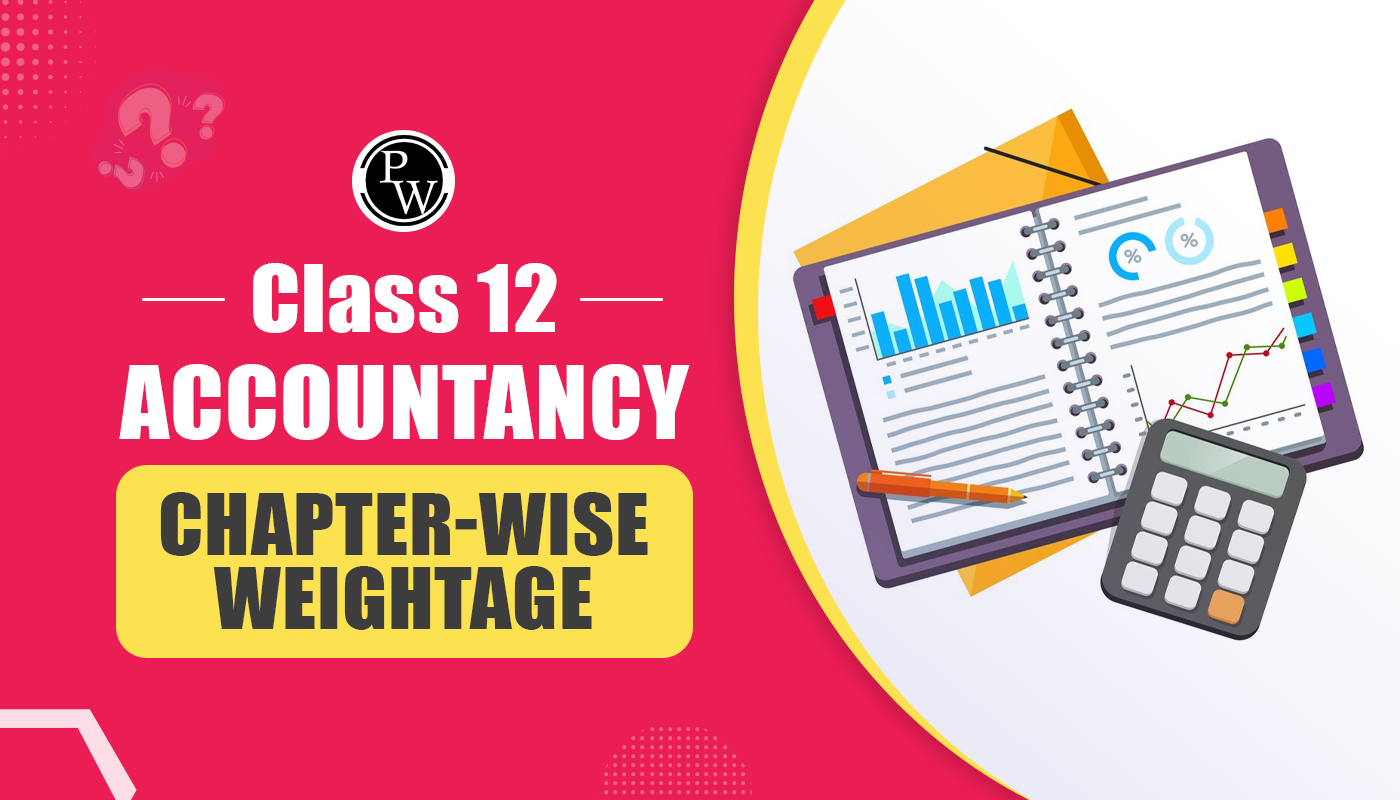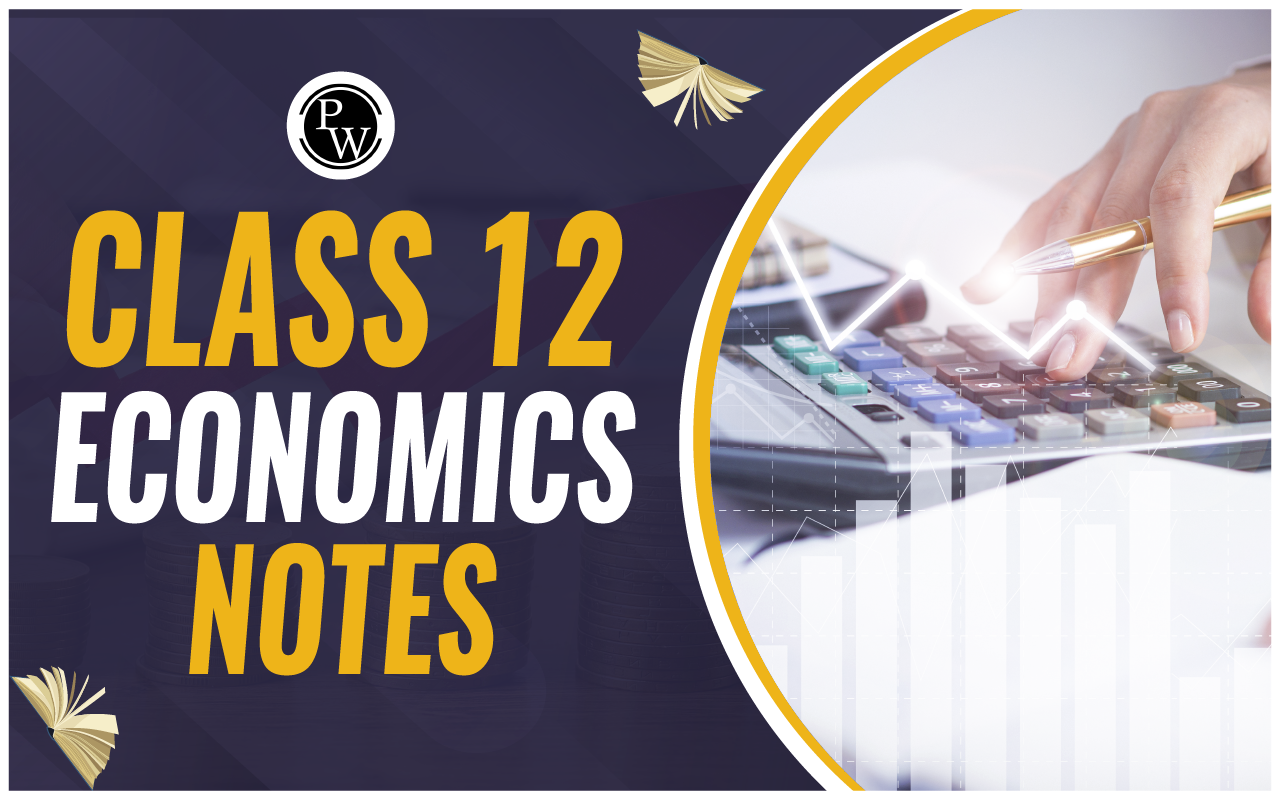
A Balance Sheet is a financial statement that provides a snapshot of a company's financial position at a specific point in time.
It lists the company's assets (what it owns) and liabilities (what it owes), giving a clear overview of its financial position. Both businesses and 'Not-for-Profit' organizations use Balance Sheets to determine their financial standing, with assets typically on the right side and liabilities on the left. For 'Not-for-Profit' organizations, a Balance Sheet includes a General Fund or Capital Fund instead of regular capital. This document is essential for stakeholders, as it helps them assess the company's liquidity, creditworthiness, and overall financial stability. It also allows for comparisons over time to track the growth or changes in a business's financial position. In this article, we'll explore the Balance Sheet in detail, covering its meaning, features, importance, how to prepare one, and the format used, along with examples to help you grasp the concept better.What is the Role of a Balance Sheet?
The main role of a Balance Sheet is to provide a clear view of a company’s financial health. It details what are the company's assets and liabilities and the investment made in the business. For example, if a company owns machinery worth ₹5,00,000 and has loans totalling ₹2,00,000, the Balance Sheet will display these values, showing the company's financial position. Investors and creditors use the Balance Sheet to assess how well a company manages its resources and what returns it might offer. For example, if a company has ₹8,00,000 in assets and ₹3,00,000 in liabilities, it indicates a positive financial position. Although a Balance Sheet can be created at any time, it is typically prepared at the end of the financial year to provide an overview of the company’s financial status for that year.Balance Sheet Features
A Balance Sheet is a vital financial statement with several important features. Check here for complete details on the features of Balance Sheet:- Final Step in Financial Reporting: The Balance Sheet is prepared as the last step in the accounting process, summarizing the financial results after the trading and profit and loss accounts are completed.
- Comprehensive Financial Statement: Unlike an account, the Balance Sheet is a financial statement that provides a snapshot of the company's overall financial position, including its assets, liabilities, and equity.
- Two-Sided Structure: The Balance Sheet is divided into two sections—assets and liabilities. Assets are typically listed on the right-hand side, while liabilities and equity are on the left-hand side. The totals of both sides must always be equal.
- Reflects Financial Stability: The Balance Sheet is crucial for assessing the financial stability and health of a business. It helps stakeholders understand the company’s ability to meet its obligations and manage its resources effectively.
- Consistency in Reporting: The Balance Sheet is prepared periodically, usually at the end of the financial year, ensuring that the financial position of the business is consistently reported over time for accurate comparisons and analysis.
Also Read: Difference Between Balance Sheet and Cash Flow Statement
How to Prepare a Balance Sheet?
Creating a Balance Sheet is essential for understanding a company's financial position. Here’s a step-by-step guide tailored for commerce students to help you prepare a Balance Sheet accurately:5 Steps to Prepare a Balance Sheet
Here, we've mentioned five easy steps to prepare a balance sheet. Students can follow these simple steps to prepare a balance sheet accurately: Step 1: Gather Financial Data Begin by collecting all relevant financial data, which includes assets, liabilities, and equity. This information is usually extracted from the general ledger and trial balance. Ensuring accuracy at this stage is crucial for reliable financial reporting. Step 2: Categorize Assets and Liabilities List and classify the assets and liabilities. Assets should be divided into:- Current Assets: Cash, accounts receivable, and inventory are examples of assets that are projected to convert into cash within a year.
- Non-Current Assets: These are long-term investments like property, equipment, and intangible assets.
- Current Liabilities: Accounts payable and short-term loans are examples of short-term liabilities that are due within a year.
- Non-Current Liabilities: Long-term obligations like long-term debt and deferred tax liabilities.
Key Points for Preparing a Balance Sheet:
Here are some key points to remember while preparing the balance sheet:- Accuracy in Data Collection: Ensure all financial data is accurate and up-to-date.
- Proper Classification: Correctly classify assets and liabilities into current and non-current categories.
- Equity Calculation: Carefully calculate equity to reflect the owners’ stake in the company.
- Structured Presentation: Follow a clear format to present the Balance Sheet, with assets and liabilities clearly distinguished.
- Validation: Verify that total assets match the total liabilities and equity to ensure the Balance Sheet balances.
Balance Sheet Format
A Balance Sheet is a financial statement that shows a company’s financial position at a specific point in time. It includes details of what the company owns (assets) and what it owes (liabilities), along with the owner's equity. Below, we've mentioned the simple format of how a Balance Sheet might look: Balance Sheet of [Company Name] as of [Date]| Liabilities | Amount (₹) | Assets | Amount (₹) |
| Capital / Equity: Opening Balance Add: Net Profit Less: Net Loss Less: Drawings Total Capital Long-term Liabilities: Loan Total Long-term Liabilities Current Liabilities: Income Received in Advance Sundry Creditors Outstanding Expenses Bills Payable Bank Overdraft Total Current Liabilities Total Liabilities and Capital | – – – – [Total ₹] – [Total ₹] – – – – – [Total ₹] [Total ₹] | Fixed Assets: Goodwill Land Building Plant & Machinery Furniture & Fixtures Total Fixed Assets Investments: [Type of Investment] Current Assets: Closing Stock Accounts Receivable Prepaid Expenses Sundry Debtors Bills Receivable Cash at Bank Cash in Hand Total Current Assets Total Assets | – – – – – [Total ₹] – – – – – – – – [Total ₹] [Total ₹] |
Also Check: Vertical Balance Sheet
Importance of the Balance Sheet for Organizations
The Balance Sheet is essential for organizations because it provides a comprehensive overview of their financial status. It highlights what the company owns and what it owes, offering valuable insights into its financial health. By using the Balance Sheet format, businesses can assess their performance and make well-informed decisions. Here’s why the Balance Sheet is essential:- Stakeholder Insight: Investors, creditors, and other stakeholders use the Balance Sheet to gauge a company’s financial stability and make informed decisions.
- Growth Tracking: It helps analyze the company’s growth by comparing Balance Sheets from different years, showing how the business has evolved.
- Loan Requirements: For business loan applications, companies need to present their Balance Sheet to banks as proof of their financial situation.
- Financial Health: The Balance Sheet reveals the company's liquidity and financial success, helping stakeholders understand its ability to meet short-term obligations.
- Strategic Planning: Analyzing the Balance Sheet can provide insights into business expansion opportunities and future financial needs.
How to Prepare a Consolidated Balance Sheet?
A consolidated balance sheet combines the financial details of a parent company with its subsidiaries into a single document. This sheet shows the total assets and liabilities of the entire group of companies without separating which item belongs to which company. A consolidated balance sheet is required when a company owns more than 50% of another company. For example, If a parent company has assets worth ₹2 million and purchases two subsidiaries with assets of ₹500,000 and ₹800,000, the consolidated balance sheet will reflect total assets of ₹3.3 million. When preparing a consolidated balance sheet, it's important to adjust the subsidiary's asset values to reflect their accurate market value. However, the internal transactions between the parent company and its subsidiaries should be excluded, as they cancel each other out.Steps to Prepare a Consolidated Balance Sheet:
Here, we've provided simple steps on how to prepare a Consolidated Balance Sheet for commerce students:- Title the Document: Start by naming the balance sheet, including the parent company's name, the subsidiaries, and the date.
- List Assets, Liabilities, and Equity: In separate sections on the sheet, list all assets, liabilities, and equity. Ensure the figures match the consolidated trial balances.
- Include Subsidiaries' Data: Add the financial details from the subsidiaries, making sure to adjust their asset values as needed.
- Review for Duplicates: Ensure there are no duplicate entries. Eliminate any duplicate items from the subsidiaries.
- Finalize the Document: Verify that the total assets, liabilities, and equity match the consolidated amounts for the parent company and its subsidiaries. Make any necessary adjustments before finalizing the balance sheet.
Also Read: Balance Sheet vs Consolidated Balance Sheet
A balance sheet is a vital tool that shows a company’s financial status at a given time, helping to make informed decisions. Understanding how to prepare and analyze a balance sheet is crucial for anyone in business or finance, as it reflects the company’s true financial position. Physics Wallah (PW) is the top coaching institute for Commerce students, providing expert guidance to help students master financial concepts like balance sheets. With PW’s support, students are well-prepared to excel in their studies and future careers. Boost your potential with the PW Commerce Online Course Sign Up today and take the first step toward mastering commerce with expert guidance!</span><span style=
Q1. What are the four parts of a balance sheet?
A balance sheet typically includes four main parts: current assets, fixed assets, current liabilities, and shareholders' equity. Current assets and liabilities are short-term, while fixed assets and equity represent long-term financial standing.
Q2. What is the full formula for a balance sheet?
The balance sheet is structured around the equation: Assets = Liabilities + Equity. This formula ensures that a company’s total assets are always balanced with the sum of its liabilities and the equity held by its owners or shareholders.
Q3. What is the new balance sheet format?
The new balance sheet format includes a presentation of net assets, which is the difference between a company's assets and liabilities, also known as equity or shareholders' equity. This format provides a clear snapshot of a company’s financial worth and health.
Q4. How do you make a balance sheet?
To create a balance sheet, gather all financial data, list assets and liabilities, and then calculate equity by subtracting liabilities from assets. Ensure the total assets equal the sum of total liabilities and equity to maintain balance.
Q5. How do you calculate equity?
Equity is calculated by subtracting total liabilities from total assets. This figure represents the owners' interest in the company and is a crucial indicator of financial health. It can be found on a company's balance sheet.
Talk to a counsellorHave doubts? Our support team will be happy to assist you!

Free Learning Resources
PW Books
Notes (Class 10-12)
PW Study Materials
Notes (Class 6-9)
Ncert Solutions
Govt Exams
Class 6th to 12th Online Courses
Govt Job Exams Courses
UPSC Coaching
Defence Exam Coaching
Gate Exam Coaching
Other Exams
Know about Physics Wallah
Physics Wallah is an Indian edtech platform that provides accessible & comprehensive learning experiences to students from Class 6th to postgraduate level. We also provide extensive NCERT solutions, sample paper, NEET, JEE Mains, BITSAT previous year papers & more such resources to students. Physics Wallah also caters to over 3.5 million registered students and over 78 lakh+ Youtube subscribers with 4.8 rating on its app.
We Stand Out because
We provide students with intensive courses with India’s qualified & experienced faculties & mentors. PW strives to make the learning experience comprehensive and accessible for students of all sections of society. We believe in empowering every single student who couldn't dream of a good career in engineering and medical field earlier.
Our Key Focus Areas
Physics Wallah's main focus is to make the learning experience as economical as possible for all students. With our affordable courses like Lakshya, Udaan and Arjuna and many others, we have been able to provide a platform for lakhs of aspirants. From providing Chemistry, Maths, Physics formula to giving e-books of eminent authors like RD Sharma, RS Aggarwal and Lakhmir Singh, PW focuses on every single student's need for preparation.
What Makes Us Different
Physics Wallah strives to develop a comprehensive pedagogical structure for students, where they get a state-of-the-art learning experience with study material and resources. Apart from catering students preparing for JEE Mains and NEET, PW also provides study material for each state board like Uttar Pradesh, Bihar, and others
Copyright © 2025 Physicswallah Limited All rights reserved.
Get App









